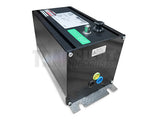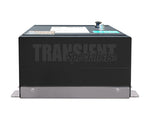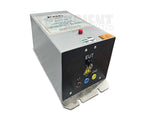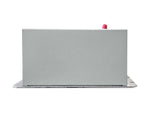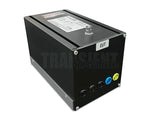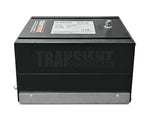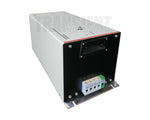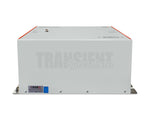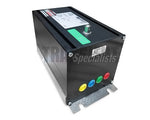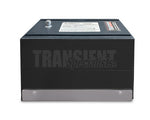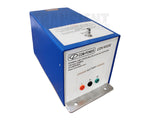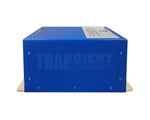Conducted RF Test Equipment Rental
Get fast deliveries of conducted RF equipment designed for immunity testing to a variety of commercial, automotive, and military requirements. Our inventory includes complete test systems as well as injection devices to meet a variety of test methods and levels. We carry all the major manufacturers including Teseq, EM Test, Amplifier Research, Fischer, and many others.
Standard Terms
Transient Specialists, Inc. (TSI)
Standard Terms & Conditions:
Conducted RF Test Systems
Our inventory of equipment includes conducted RF test systems which have an integrated signal generator, amplifier, power meters, and software with preprogrammed test routines. We also offer rentals of amplifiers that meet the frequency range and power requirements needed to meet higher test levels for ISO and MIL-STD testing.

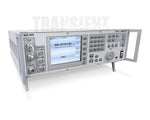
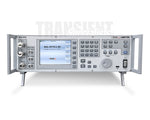
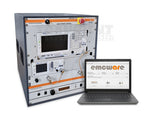
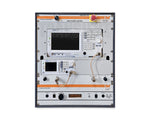
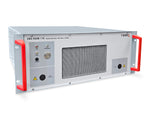
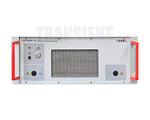
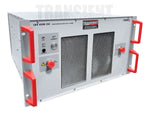
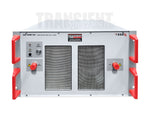
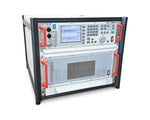
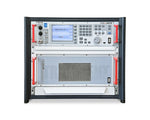
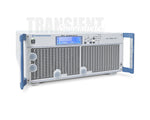
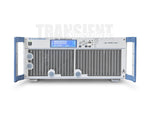
Bulk Current Injection (BCI) Equipment
We offer rentals of BCI test equipment including injection probes and BCI test kits designed to provide all the accessories commonly needed to conduct testing. Our inventory of injection probes all the major manufacturers including Teseq and Fischer Custom Communications.
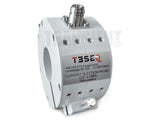
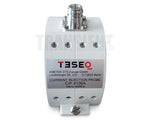
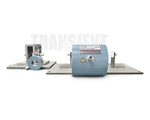
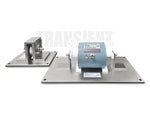
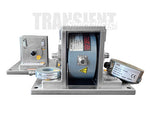
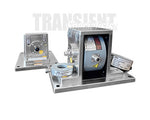
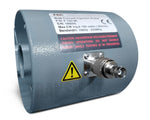
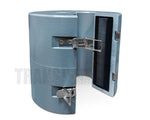
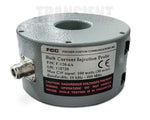
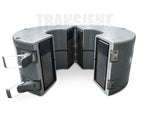
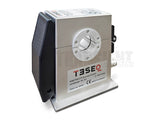
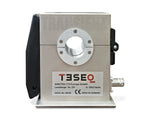
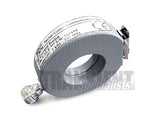
Coupling Decoupling Networks
We offer rentals of a variety of CDNs able to meet a variety of single phase, three phase power, and data line requirements. Our inventory of coupling decoupling networks designed for IEC 610000-4-6 testing include the required adapters and current ISO 17025 calibrations.
